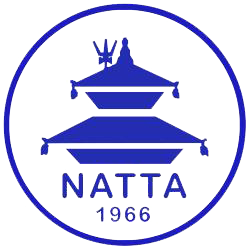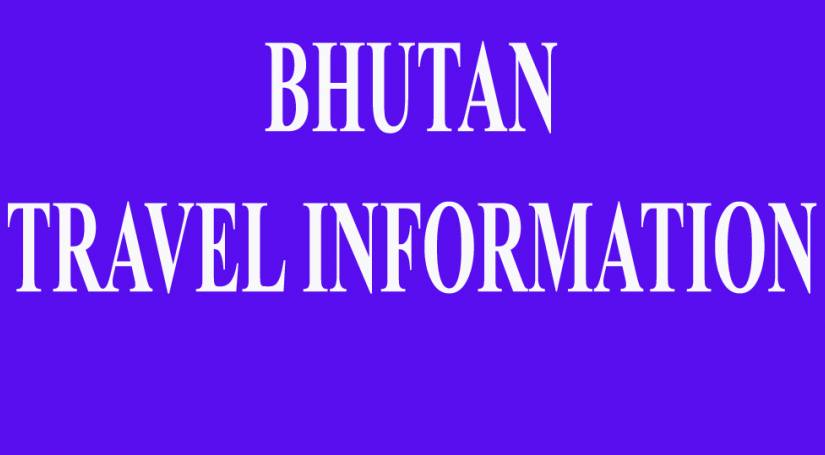Bhutan info
Bhutan, is the standard Buddhist festivals, there are yearly festivals celebrated with great fanfare in each district. The most renowned of these are the Tsechu (10th day) festivals, commemorating the deeds of Padmasambhava. Locally referred to as 'Guru Rimpoche', introduced the Nyingma school of Buddhism into Tibet and Bhutan. Each 10th day of the lunar calendar is said to commemorate a special event in the life of Padmasambhava; and some of these are dramatized in the context of a religious festival. Most festival lasts from three to five days - one of which, usually, falls on the 10th day of the lunar calendar.
Tthese festivals the Paro Tsechu, in the spring, and the Wangue and Thimpu Tsechus, in the fall, are the most impressive. These festivals are very popular with western tourists. The festivals in Bumthang and East Bhutan attract fewer tourists and those who want to get a more authentic flavor of Bhutan's cultural and religious extravaganza will be well rewarded.
Paro Tsechu
All religious and lay people of Paro and neighborhood areas, dressed and adorned in their finest attend the festivals, with a belief that they will get their sins washed away and will accumulate merits. This is also an occasion of social gatherings. There will be a series of mask dance performances mainly by monks with some folk singing and dancing as well.
Thimphu Tsechu
The Thimphu Tsechu (religious festival) is one of the biggest and most spectacular of the Buddhist festivals faithfully celebrated in Bhutan, Himalayan Kingdom of the Thunder Dragon. Both monks and lay people perform in the dances and dramas as an act of meditation, seeking to personify the deity that they portray. Masked and dressed in elaborate costumes of silk brocade, dancers demonstrate the triumph of good over evil and the power of compassion to the haunting sounds of trumpets, cymbals and flutes. Today this beautiful and sacred festival remains a wonderful manifestation of a religious faith that is still a crucial part of Bhutanese daily life.
Jambay Lhakang Bumthang Drub
This festival held in the picturesque valley of Bumthang gained its popularity from the visits of tourist in the recent years. In addition to the mask dances, Jambay Lhakhang Temple built in the year 659 host the "Mewang" (Fire blessing) and "Tercham" (Dance of Treasure). It is believed that the Tercham can bless the infertile women with children, and is only performed during the night.
Bhutan is one of the best places in the world for a travelers. Because of the different mix of people that reside in a cultural.
Being a home for a handful of ecosystems, Bhutan is culturally diverse with great geographical and climatic variations. It holds a reputation for being one of the world’s ten most important biodiversity hotspots. With a country divided into three land forms – the highs, the midlands and the lows, the landscape of Bhutan that combines the variety ultimate trekker desires. The Jigme Singye Wnagchuk National Park is one of the most visited spots in Bhutan. This park is famous for its ecological diversity and beautiful creatures inhabiting it.
One of the most spectacular event in Bhutan is the Tshechu, a celebration held every year in various temples and monasteries throughout the country. The exact time of this event varies from one region to another, one temple to another and more specifically from one cultural gathering to another. People gather around from various villages to witness the religious mask dancers, who are the spotlights of the event. Dating back to the 8th century, this cultural event is finned with colorful Bhutanese dancers and other forms of entertainment that keeps you captivated.
Weather and Climate
Bhutan's climate ranges from tropical temperatures in the south and center of the country, cold in the north and like much of your adventure in the Himalayas it will be quite unpredictable from day to day or within the same day. In the Thimphu and Paro valleys, the winter daytime temperature averages 60 degrees Fahrenheit during clear winter days but drops well below freezing during the night. December to January can be a beautifully clear and dry in West Bhutan. Late December through mid-February is the period of heaviest snow fall in the higher elevations.
The fluctuations are not quite so great during the summer and daytime temperature often rises to the mid-eighties. Punakha and central valley’s are lower than their Western neighbors and tend to always be a few degrees warmer. The higher peaks will be snow-covered all year. The higher passes, particularly Thrumshing La, between Bumthang and Mongar, can be treacherous during winter as snow falls frequently and ices up the road. Light snow will often dust Thimphu and Paro in winter, occasionally there will be heavy snowstorms despite their location in the Central Himalayas.
The summer monsoon from the Bay of Bengal affects Bhutan from late May to late September. Views over the Himalayas from the higher passes are usually obscured from June to August. There are notable advantages to visiting Bhutan during the wet season including the spectacular rhododendron blossom from March through May and the deep green valleys. Many species of wild orchids are in full bloom during late summer season (August).
The spring season in Bhutan can only be compared to an artist's palette, truly a spectacular time. The autumn season, late September through November, is usually very warm and clear. The sky is usually at its clearest, displaying magnificent views of the Himalayan range. The spring and fall seasons are traditionally the most popular times to visit the Kingdom.
People
The people of Bhutan are classified into three main ethnic groups: Sharchops, who live in east of the country believed to be the earliest inhabitants of Bhutan. They are Indo-Mongoloid origin and appear closely related to the people of north east India and northern Burma. The Ngalongs are of Tibetan descendant migrated to Bhutan in the 9th century and settled west of the country. The third group Lhotsampas are the Nepali origin and settled in the foothills of southern Bhutan in mid 19th century. There are other minority groups in Bhutan such as Layap, Brokpa, Doya, Lhopu, Dhakpa and Lepcha.
The men wear a knee-length garment called ‘Gho’ which resembles the Scottish Kilt. The women wear a long robe ‘Kira’, which is wrapped around the body covering from neck to ankle. Women usually wear heavy silver and gold necklaces with coral, turquoise and other precious stones. Rings and earrings decorated with pearls and turquoise are also popular.
Language
The national language of Bhutan is Dzongkha, which is widely spoken in western region. The eastern region of the country speak Sharchop, where as the people in the south speak Nepali.
English has been used as the medium of instructions in schools and institutes. The country’s national newspaper Kuensel is written in English, Dzongkha and Nepali.
All visitors traveling to Bhutan are required to obtain a visa and it is processed and arranged by us. No foreign mission grants Bhutan tourist visas.
We will handle the visa procedures for you. The Govt. will sanction the VISA only after the receipt of full payment in advance. The cost of the visa itself is US $40, The visa fee is included with our tour price. Actual Bhutan VISA will be stamped in your passport on arrival on Paro airport. Without visa clearance number, tourists cannot board the flight or enter the country. A copy of this visa clearance is forwarded to the concerned Druk Air stations and other entry points by the Ministry of Foreign Affairs, we also fax a copy to our clients for their reference. While the actual visa is stamped on arrival, the initial visa clearance is also required at the time of issuing Druk Air Tickets.
Tourists will need to carry 2 copies of original passport-sized photographs, which are required on arrival in the country.
The Tourists wishing to visit Bhutan should furnish us with the following details along with a copy of passport to process the visa should be arrived to us at least 6 weeks prior to the date of your arrival. You can E-mail to us at [email protected].
Full Name: ……………………………………………………….. …
Permanent Address: ………………………………………………….
Place of Birth: ………………………………………………………..
Date of Birth: …………………………………………………………
Nationality:…………………………………………………………….
Nature of Passport: Diplomatic/Official/Ordinary/UN Laisser-Passer.
Passport Number: ……………………………………………………...
Date of Issue: …………………………………………………………..
Place of Issue: ………………………………………………………….
Date of Expiry:………………………………………………………….
Occupation/Profession: …………………………………………………
Period for which visa is required: ………………………………………
Point of Entry/Exit into Bhutan: Entry: ……………… Exit: ………….
Purpose of visiting Bhutan: …………………………………………….
Is this first visit to Bhutan? YES /NO. If not, give details of your earlier visit.
The way to Bhutan, Today the main points of entry are through Phuentsholing in the south that links Bhutan with the Indian plains of West Bengal, through Gelephu and Samdrup Jongkhar that links with the Indian state of Assam and through Paro, where the entry is through Druk Air, the National airline of Bhutan.
Travel by Air
The country has so far only one airport that caters to the needs of visitors coming in through flight. However, an international airport is under construction in Gelephu that will eventually provide passengers with a choice of their entry to Bhutan. The Bhutan’s only international airport at Paro, is located at a height of 7300 ft above sea level and surrounded by mountains and hills as high as 16,000 feet. Druk Air is the national air operating with three A319. It flies to destinations that include Bangkok, Delhi, Kolkata, Bodh Gaya, Dacca, Kathmandu and Guwahati in Assam and Plans are also underway to invite other private airliners.
The flight between Paro and Kathmandu is one of the most exciting ones as the aircraft passes over 4 of the 5 highest mountains in the world. In fine weather, as you soar higher up, you can enjoy the spectacular display of Mt. Everest, Lhotse, Makalu und Kangchenjunga at their best.
Travel by Land
Phuntsholing, Gelephu and Samdrup Jongkhar in eastern Bhutan are the only land border areas open for international tourists. The town of Phuntsholing is located approximately 170 km east of the Indian national airport Bagdogra. After crossing Phuntsholing, your journey then begins its mountainous climb through endless turns and hair-pin bends till you enter Thimphu, the capital city. The travel time for the 176 km stretch can be more than 6 hours.
Gelephu in South-Central Bhutan is another entry point to Bhutan. It is approximately 250 kms from Thimphu and the journey will take you through the sub-tropical areas of Bhutan before entering the alpine zone and then finally into Thimphu. One will have to traverse across three Districts and the travel time will be about ten hours.
Samdrup Jongkhar is the only entry point in eastern Bhutan. The town borders the Indian district of Darranga, Assam and is approximately 150 kms away from Guwahati, the capital city of Assam. The journey from Guwahati is about three hours. Tourists entering Bhutan through Samdrup Jongkhar will take you to Trashigang, the largest District in the country, and from there over the lateral route to Mongar, Bumthang, Trongsa, Wangde Phodrang and then finally into capital, Thimphu. The distance is about 700 kms and will take you a minimum of three days to reach
Bhutan Entry Permit
You will be endorsed by the immigration officers upon your arrival before you are issued with a permit. Make sure you go personally. You may have to carry your passport (also some passport photographs) or voter’s registration card. If you plan to travel by road, the endorsement is done at the entry points in Phuentsholing, Samdrup Jongkhar, and Gelephu. If by flight, you will enter from the Paro Airport.
Pick the perfect activity for the next holiday!
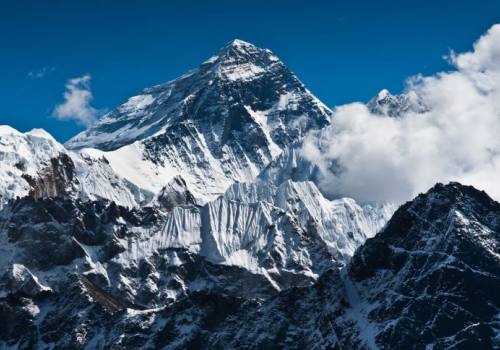
Trekking in Nepal
Namaste Nepal Travels Heartly welcome to all…
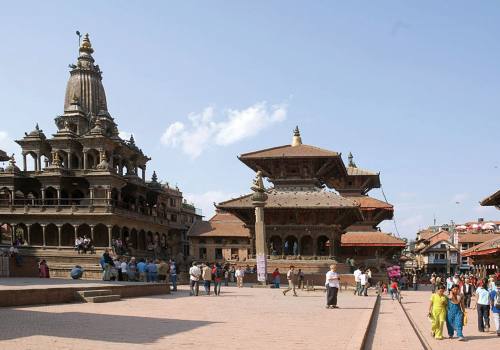
Tours in Nepal
Tours in Nepal with Namaste Nepal Travels provides…
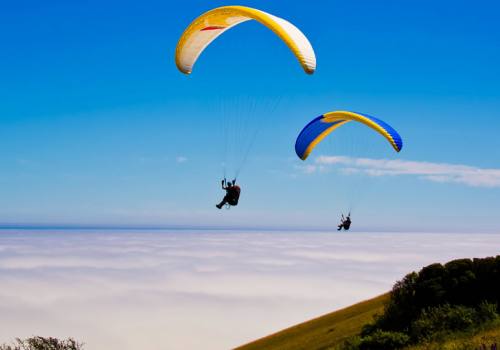
Adventure Activities
Nepal is most popular Destination for adventure…
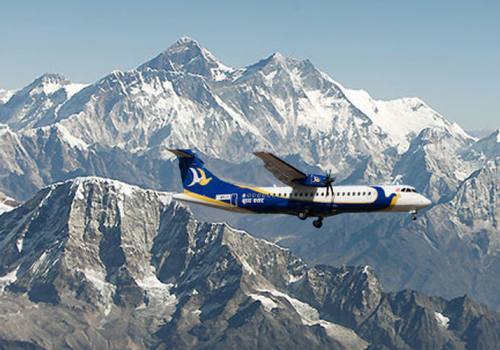
Mountain Flight
Namaste Nepal Travels and Tours Provides daily Mountain Flights service.…
Certificates & Partners




